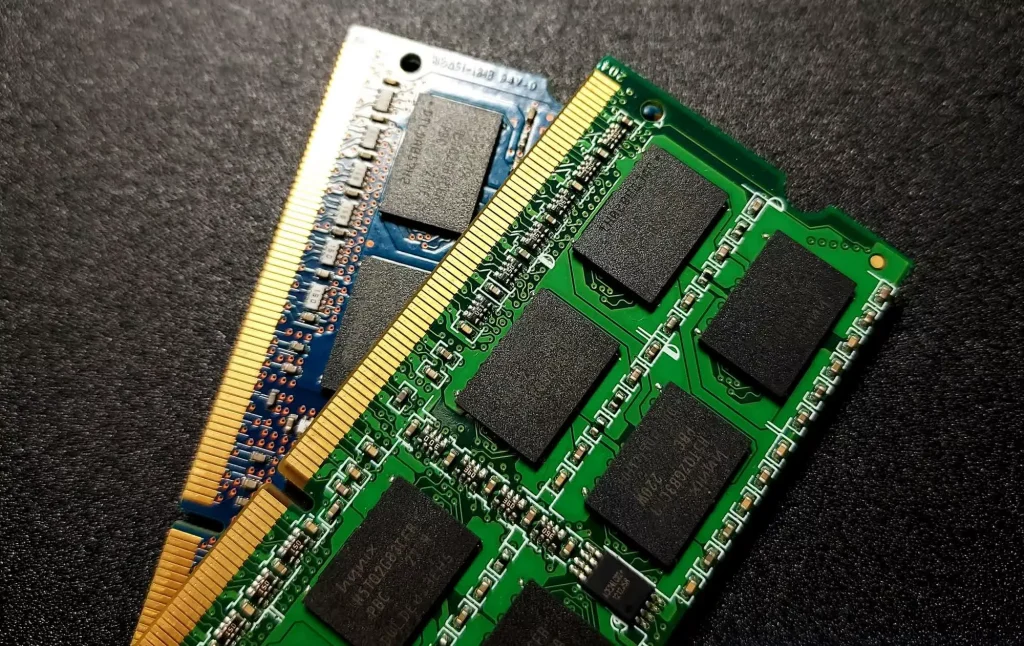- Current Status and Reasons for DDR4 Production Halt
1. Production Halt Decisions
● Overseas Manufacturers (Samsung, Micron, SK Hynix): Announced halting DDR4 chip production due to profit issues, with some blaming Chinese manufacturers for dumping leading to unprofitability.
● Domestic Manufacturer (CXMT): Phased out DDR4 to make way for new products.
2. Timing of Supply Crisis
● DDR4 supply will face shortages starting from the second half of 2025.
3. Market Reactions
● Spot prices have soared since May 2025, with the price gap between DDR4 and DDR5 narrowing rapidly.

II. Direct Impact on Server Industry
1. Dependence on DDR4 in Existing Platforms
● Intel Whitley platform (transition platform), AMD Milan platform, and some domestic platforms still heavily use DDR4 memory.
● The extended lifecycle of Whitley platform to 2026 intensifies DDR4 demand contradictions.
- New Platform Adoption Barriers
● Intel Eagle Stream and AMD new platforms lose attractiveness due to high DDR5 prices, leading to market neglect.
● Newly launched platforms (Intel Birch Stream/AMD Turin) require DDR4 for BMC chips, creating compatibility risks.
- Critical Technical Conflict: BMC Chip Compatibility
● Mainstream BMC chips (e.g., AST2600 and domestic alternatives) are all designed based on DDR4 chips.
● New platforms (Birch Stream/Turin) require a 3-4-year life-cycle, forcing manufacturers to urgently seek alternatives due to DDR4 production halt.
IV. Industry Trends and Challenges
1. Demand-Supply Divergence
● DDR4 demand remains strong in 2025, but supply has sharply decreased, causing prices to rise continuously.
2. Strategic Shifts of Manufacturers
● Major firms focus on high-margin products: DDR5 and HBM (high-bandwidth memory).
3. Dilemmas of Server Manufacturers
● Face DDR4 shortages in 2025, with bulk demand nearing an end in 2026, but transitional costs and supply chain pressures surge.
Core Conclusion
The DDR4 production halt wave will trigger a 2025 server industry supply chain crisis:
● Both existing platforms (Whitley/Milan) and new platforms (Birch Stream/Turin) are impacted;
● BMC chip adaptation issues expose technical chain weaknesses;
● Manufacturers are forced to accelerate the shift to DDR5, but short-term rigid demand and price pressures are hard to resolve.


